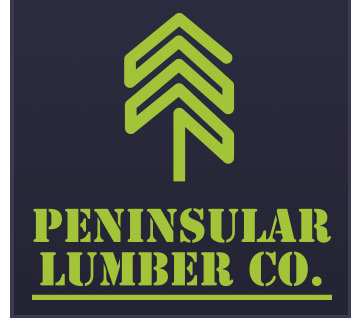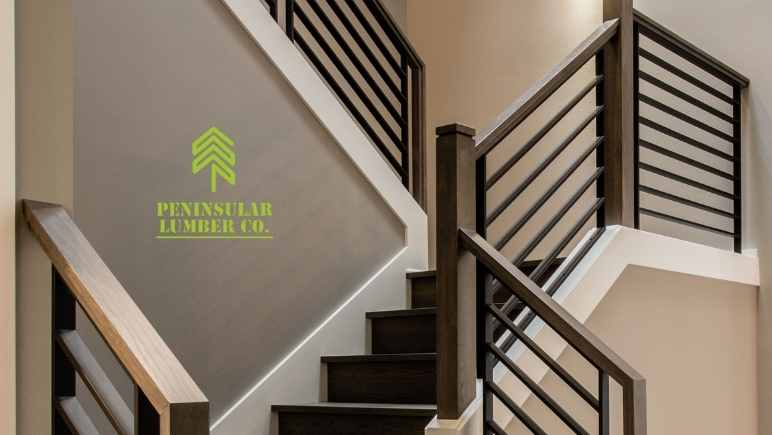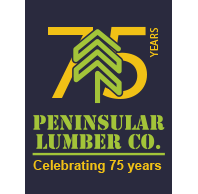What kind of lumber should you use when building a staircase.
There are a lot of considerations to be taken when building a staircase. What kind of stairwell do you intend to construct? What materials should be used for each of the components? What style choices do you have when designing various portions of the staircase?
There are so many options, parts, and components involved in building stairs, and the tricky part is that they all need to fit together perfectly. Thus, it is best to take some time to gain some understanding of what materials you want to use and how you want to design your staircase before getting started. Get to know more about the steps involved in building a staircase.
What to Do Before Building a Staircase
Stairs are not only a necessary building component, but they are also a prominent design aspect in any home. You will not be able to alter the material or style of your staircase as frequently as you can your wallpaper, so it is best to do it right the first time.
Before building a staircase, make sure to check the national and local building codes first. Some areas have more stringent rules than others, so double-checking it first will save you money in the long run. After identifying the correct codes to follow in your location, you can move on to planning your stair arrangement and calculations.
Components of a Staircase
Tread
The tread is the portion of the stairwell that is horizontal to the floor and the section that a person walks on between levels. Treads and risers can come from treated timber, but they are more commonly manufactured from decking materials like redwood, cedar, composite lumber, exotic hardwood, or PVC boards.
Knowing your criteria is critical when it comes to selecting the most appropriate wood stair treads for your staircase, especially if you have a limited budget or specific style in mind.
Stringer
Aside from treads, you should also buy your stair stringers. The role of the stringer is to confine both the tread and the riser and carry the weight of persons using the steps. This part flows diagonally from floor to floor, and the total run of a stringer is its horizontal length.
The process of putting out stair stringers is simple. First, you sketch the stair notches on the stringer using a framing square, then cut a notch out.
Riser
The vertical surface of the stair is called the riser. This component serves as a backing to the tread, preventing your foot from going over the edge of the tread.
If you are working with professionals for installation, they will likely discuss the rise and run for a staircase. The riser height refers to the vertical distance between treads or the height of a step, whereas the run refers to the distance between risers — not including the nosing — or the length of a step.
Risers are often not included in deck staircases, but they are a smart idea since they cover the exposed end grain of the notched stringers to keep them from breaking. The number of risers in a set of stairs should always be the same as the number of treads.
Joist Hangers
Joist hangers are used to keep timber joists from moving. They can help hold floors, decks, and ceilings in place. Most joist hangers are secured in place with nails or screws while they wrap around the sides of a timber beam.
Choosing from Different Lumber Materials
Remember the materials you choose will determine the outcome of your project, so using high-quality materials will result in a high-quality staircase. To ensure you make the right decisions every step of the way, it helps to learn more about your material options, which each have their unique design, use, and function.
Whatever the case may be, it is best to choose a lumber yard that can provide stock designed to build stairs. The most conventional type used in building a staircase is lumber. Wood is a durable and easy-to-work-with material that adds warmth to the house and is available in a variety of types:
Oak Wood
Oak has long been preferred and is frequently utilized in interior and exterior applications because of its excellent strength and beautiful grain. It is a tough wood that comes in red or white oak and offers a lovely fine-grained feel. Oak wood offers two main benefits: durability and moisture resistance. Likewise, red and white oaks are less prone to warping and are easy to work with.
Maple Wood
Maple is a sturdy, thick wood with a slightly higher tensile strength than oak wood. Maple wood is simple to treat, polish, stain, lacquer, and preserve in general.
Cherry Wood
Cherry wood is a reasonably durable wood with resistance to rot and decay. It is relatively robust, and it is simple to cut, carve, and shape. Furthermore, its versatility allows it to be utilized in various applications.
Pressure Treated Lumber
If you are searching for a simple method to add outdoor steps to your porch or deck, pressure treated lumber treads are pre-cut, pre-stained, and ready to use. They are easy to maintain, and they have grooves on the bottom to keep them from cupping.
Pressure treated lumber is ideal for constructing stairwells on a dock, wood deck, or other outdoor locations where the stairwells are exposed to harsh outdoor elements. Weather-resistant pressure-treated timber is typically used for stair stringers on decks and porches.
Find All the Lumber Materials You Need with a One-Stop Shop
When it comes to picking the best lumber materials, you should look for a local custom wood maker who understands the best wood types for any project you have in mind. Peninsular Lumber is the top lumber company in Tampa that is the best source for building materials and high-quality lumber!
We are your one stop shop for lumber, tools, building supplies, and hardware in the Tampa Bay Area, and we make sure to always have the high-quality timber you need in stock, so you need not wait. Call us today at 813-875-8805 to start shopping for your lumber needs.



